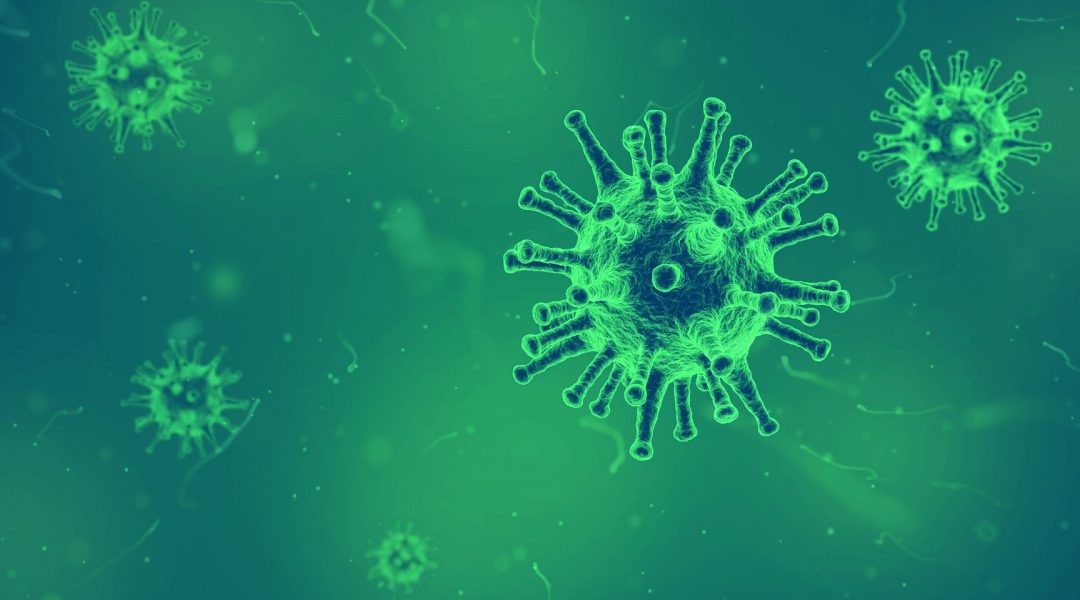A team of researchers demonstrated the capability of RSOM for detailed, cross‐sectional visualization of microvascular changes in the skin in the volar and dorsal aspects of the human forearm in response to local hyperthermia.


A team of researchers demonstrated the capability of RSOM for detailed, cross‐sectional visualization of microvascular changes in the skin in the volar and dorsal aspects of the human forearm in response to local hyperthermia.

Small publishes a special issue to highlight the ongoing research at the Adolphe Merkle Institute.

Operators are now increasingly being held accountable to ensure delivered water is safe for human consumption, yet little is understood on how to best to manage these living engineered systems.

Physical, chemical, and synthetic virology work together to reprogram viruses as controllable nanodevices.
![Carbon Nanomaterials in Healthcare [Video]](https://www.advancedsciencenews.com/wp-content/uploads/2018/11/adma201802368_ASN_image.jpg)
Carbon nanomaterials are promising therapeutic and diagnostic agents for healthcare applications including imaging and drug-delivery.
![Challenges in Manganese-Oxide-Based Energy Storage [Video]](https://www.advancedsciencenews.com/wp-content/uploads/2018/11/adma201802569_ASN_image.jpg)
The high theoretical capacitance of manganese oxide makes it appealing as an electrode material for batteries, but several obstacles remain.

In her article published in BioEssays, Nora Engel discusses how sex differences become established in early embryogenesis and how analyzing the underlying mechanisms can lead to a better understanding of sex differences in health and disease.

There are new top papers in Advanced Intelligent Systems special series. All included papers are free to read for a limited time!

Especially for deliveries with very short distances, electric vehicles make sense. British food supplier Milk & More relies on the StreetScooter.

A team of Spanish researchers developed a handheld skin imaging system with joint optical coherence tomography and digital epiluminescence microscopy for point-of-care skin diagnosis.